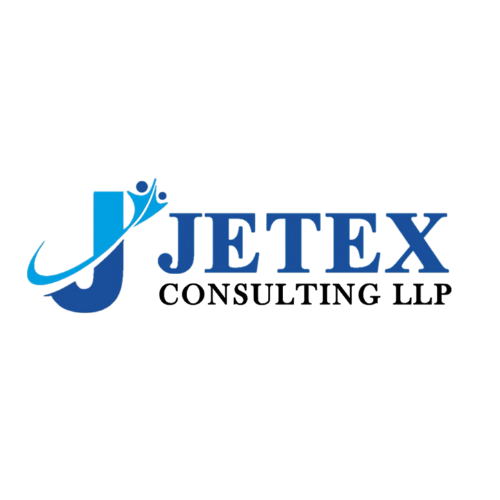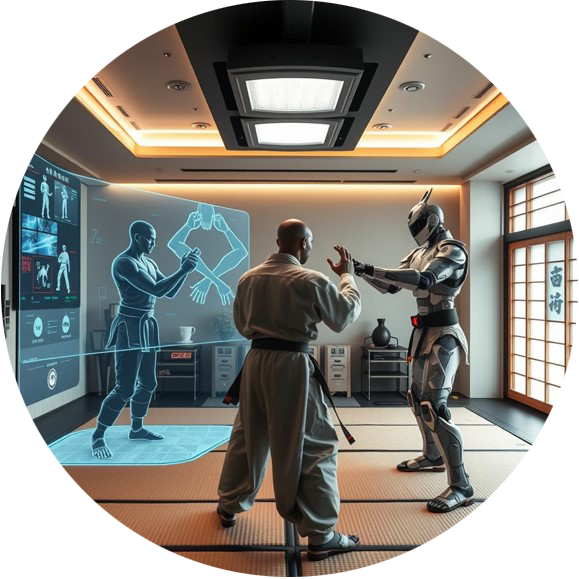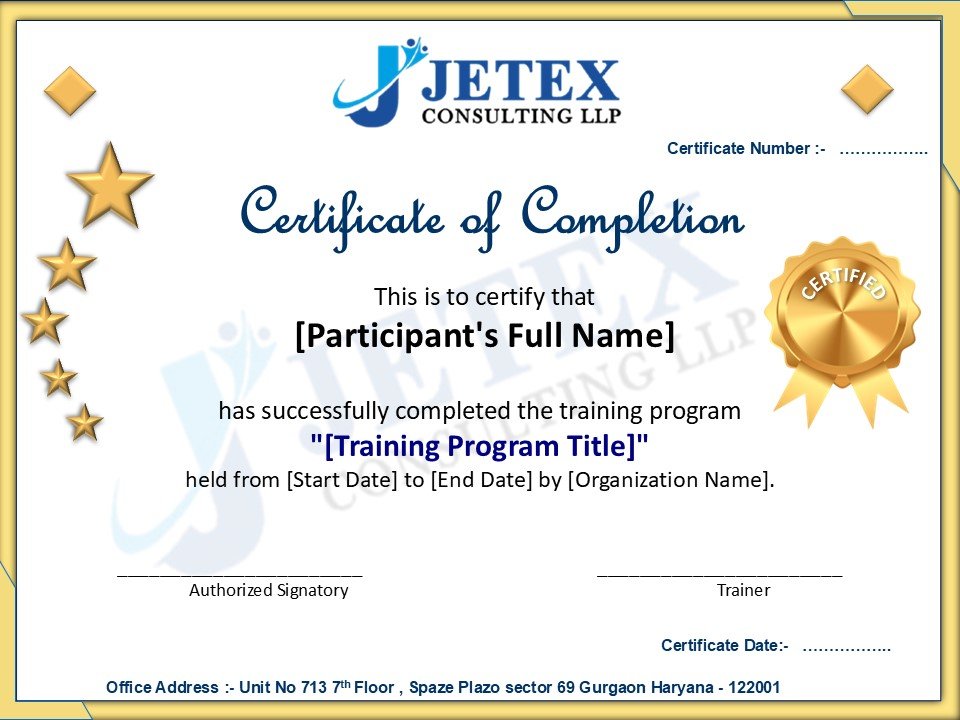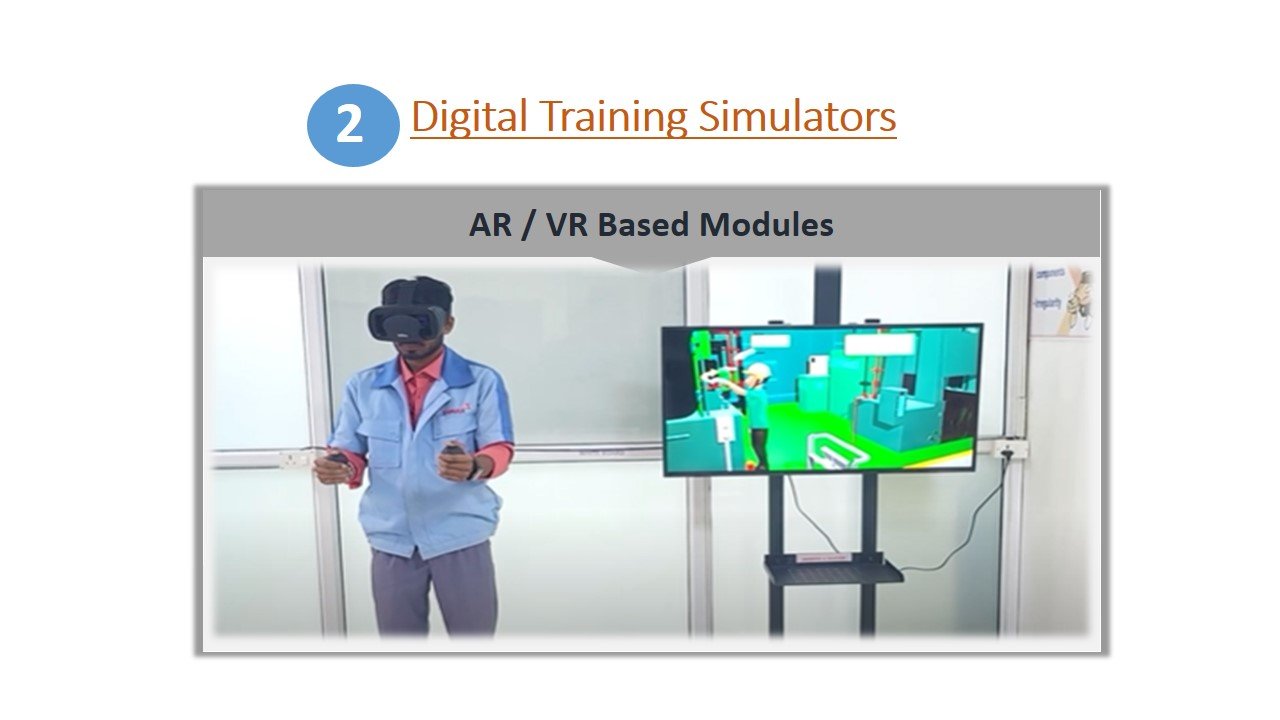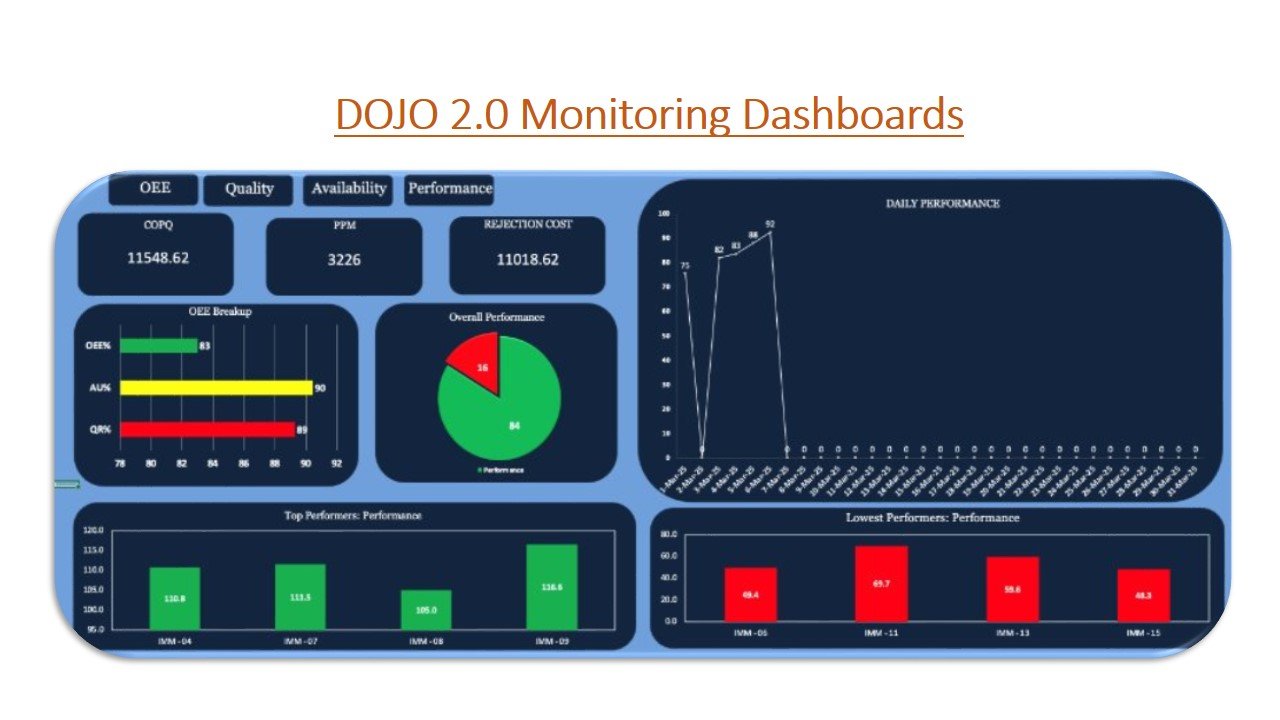Objective :
♦ Understanding of the Product and Its Criticality
Examples :
♦ Product Range
♦ Product Usage (Real Sample)
♦ Product Usage (Simulation)
♦ Part – Product Matrix
♦ Criticality of Product
♦ Similar Product in Market
♦ Simulation (Virtual Reality Base)
